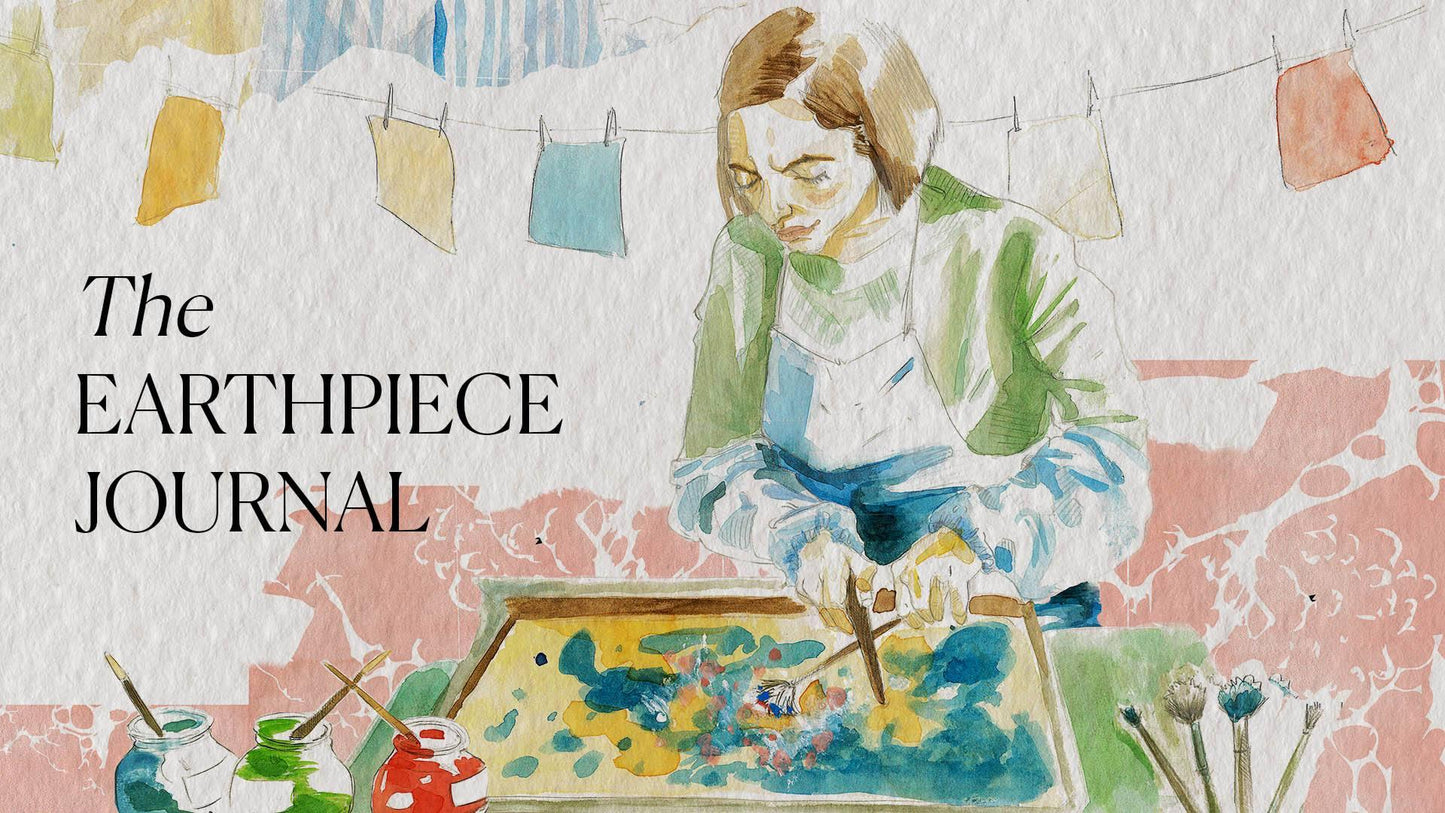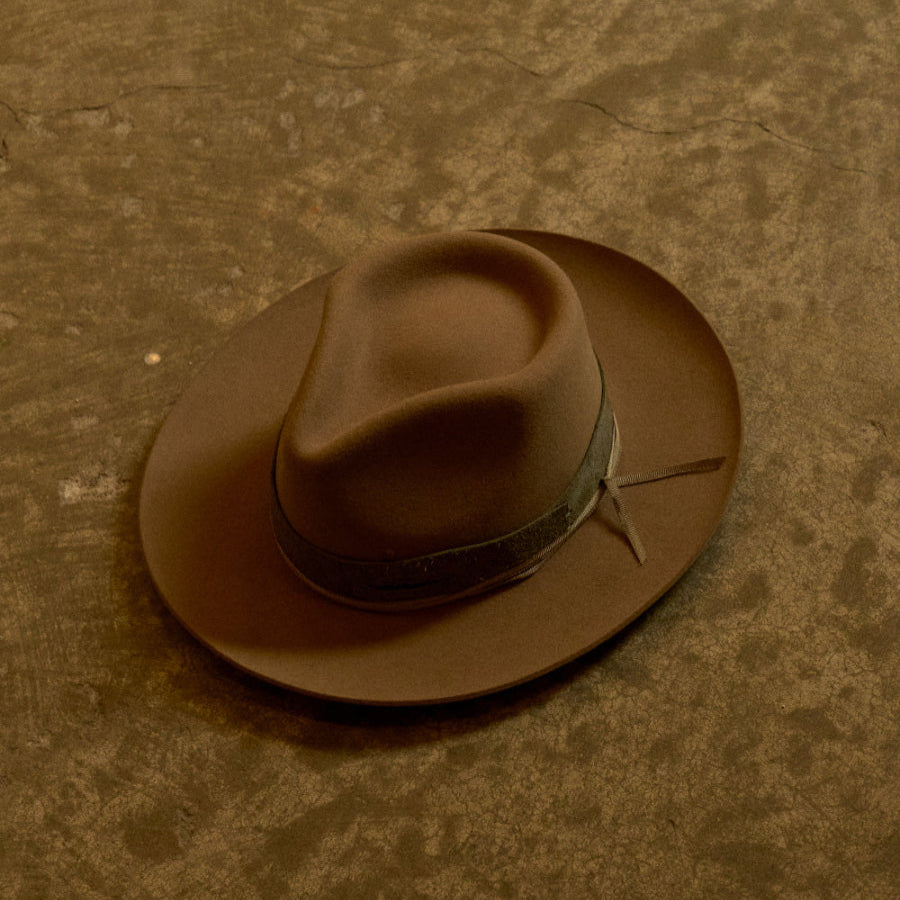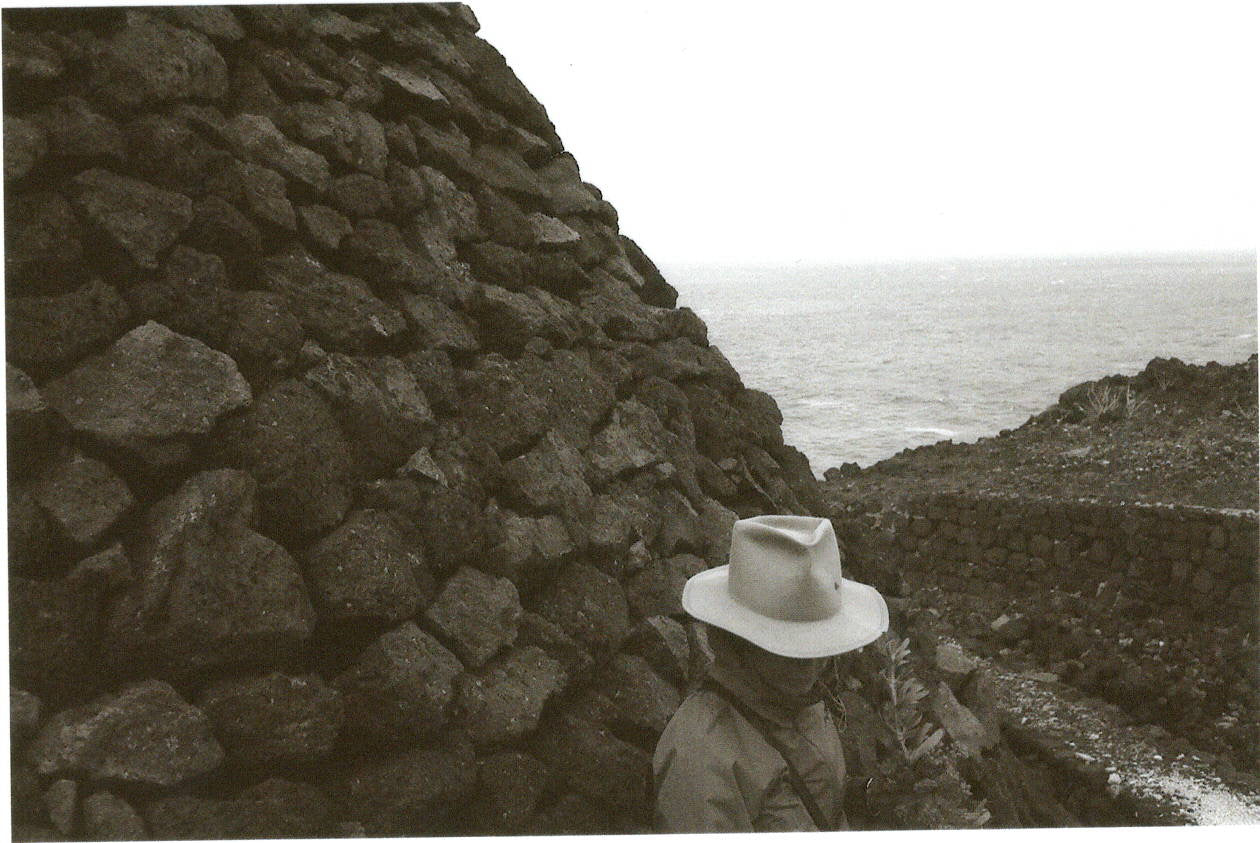A selection of handmade hats with special deals to discover.

LIQUID ABANDON
For the first instalment of the Earthpiece Journal, we’re perusing the birthplace of SUPERDUPER with an ode to Florentine marble paper.
Flicks of paint dropping into a bath, and then transferred to paper. At its simplest form, this is the humble process behind the opulence that is Florentine marbling, or carta marmorizzata. The result is that not only are no two papers the same, the different countries that marble do so in their own way. In Japanese Shuminagashi, hues are more discreet and tonal while in Turkish Ebru brighter shades bounce around the sheets of paper, not unlike in the Florentine edition. Flamboyance isn’t exactly out of place in Florence, so this moment of colourful splendour wholly makes sense that it found affection in this intimate but extravagant city.
______________________________________________________________________

______________________________________________________________________
As you’ve perhaps gathered, marbled paper didn’t originate in Florence (though SUPERDUPER did). In the 8th Century, Chinese paper marbling had established and was later adopted in Japan, then moved into the middle east and Turkey, and settled in Europe finding a particularly tender home in Florence in the 16th Century, where it continues to be made today in a few pockets of the city.
______________________________________________________________________

______________________________________________________________________
In more detail, the process of making marbled paper requires a liquid bath and paint that are insoluble. Essentially, these two elements need to repel each other so the paint can sit on the surface, be dripped, swirled around and lifted off – and beauty achieved. For this, techniques and ingredients vary though in Florence, traditionally a gelatine solution made from boiled seaweed (carrageenan) serves as the bath, which forces the acrylic or watercolour paints to remain on top, like oil and water.
Drops of colour, one by one, are scattered onto the surface of the bath, themselves scarcely mingling with each other (the gelatinous solution is very influential in this case) creating a marbled effect for the artistic-minded, or something closer to a cell drawing for the science kids. Swirls can then be manipulated in different patterns and waves, with more ornate results.
______________________________________________________________________

______________________________________________________________________
Paper is then carefully placed down on the bath, and the swirling liquid fixes itself to the paper’s surface. In an instant, the bath is void of colour and the paper transformed into a fanciful image. There are a few well-repeated combinations, the classics, if you will, but mostly colours are chosen and drops placed with a large degree of freedom at the hands of the maker.
______________________________________________________________________

______________________________________________________________________
It’s not in the precision of the drops and swirls that the best patterns are made; it’s in their freedom of application. In a sense, the liquid itself forbids formality, and thank god. Liquid abandon! And it’s without doubt here that this traditional craft really comes to life, and is perhaps where all craft breathes life; when rules are disregarded and play is left to thrive.
______________________________________________________________________

______________________________________________________________________
Cover Illustration: Pietro Tatini x SUPERDUPER
Photo making: Giulio Giannini & Figlio



